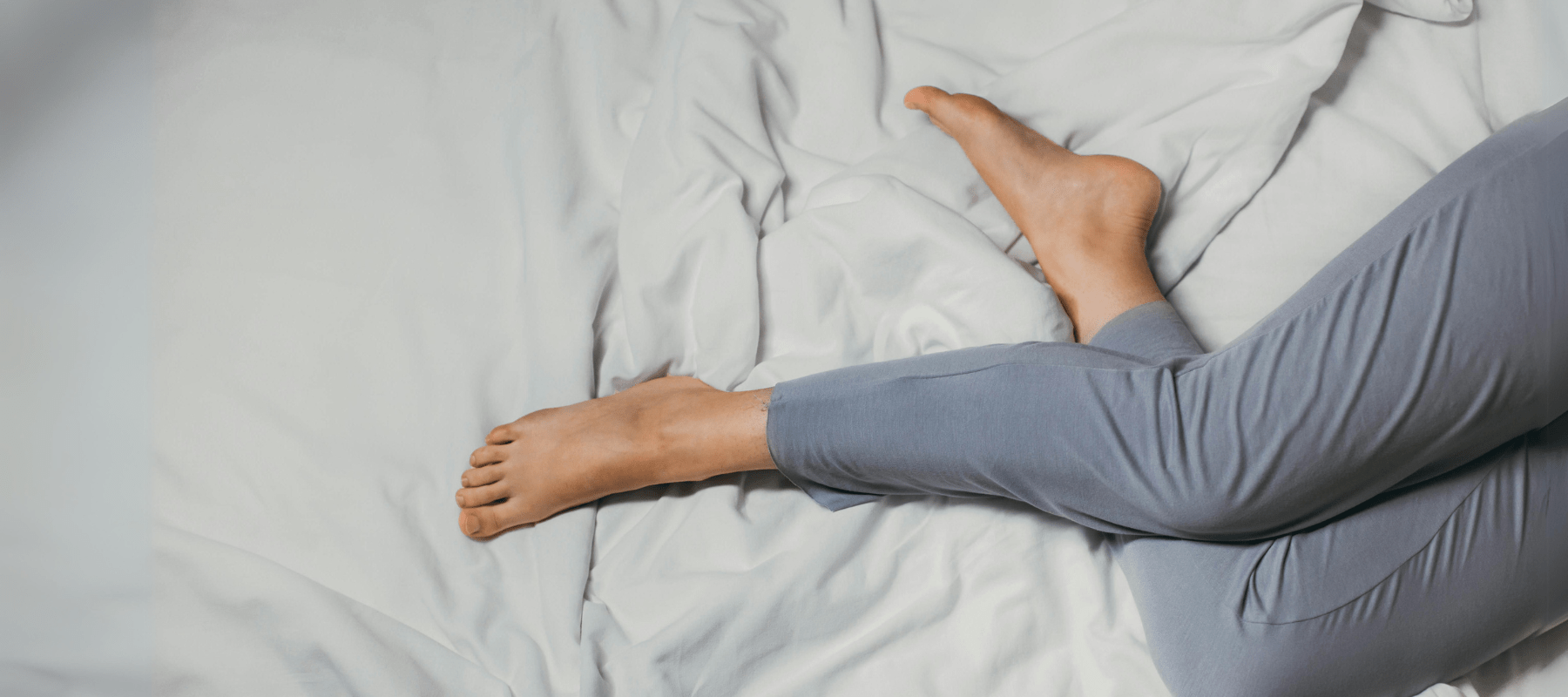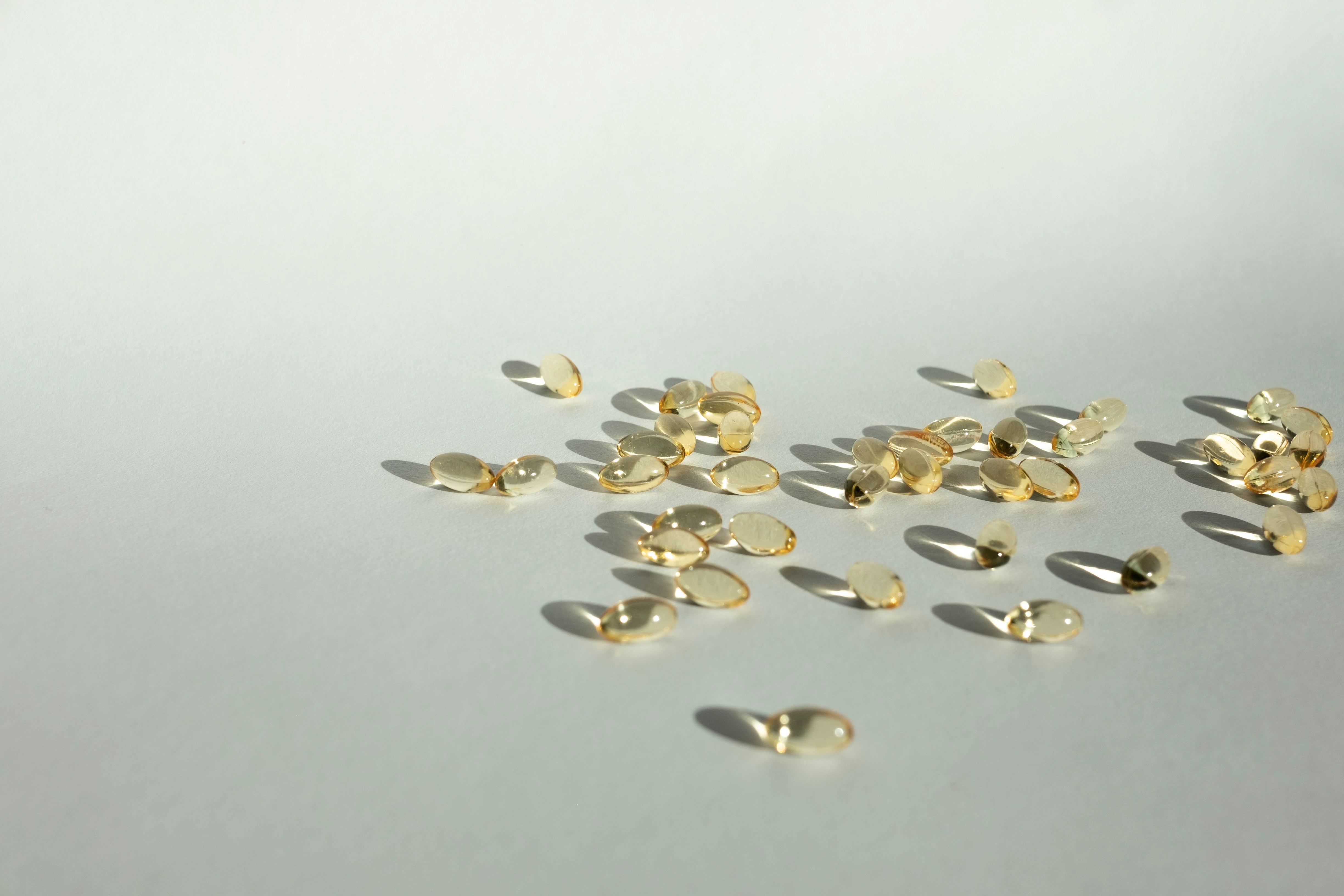
So what is wellness, really?
The LunHer Take
-
Wellness is deeply individual and not one-size-fits-all; and what it means to you may even change through the cycles of your life. The key is to find a balance that works for you, sustainably.
-
We believe the core blueprint is simply: nutrition, movement, rest, each playing an important role individually and holistically.
-
Ultimately, wellness is a concept, multi-dimensional and evolving – like you. In today's hustle culture, wellness has become elusive and commercialised when in reality it is a state of mind – that we don't need to "do it all" all the time, or at all. In fact, the proliferation of wellness is perhaps a result of too much 'doing it all', too many lists – and all it really means is to put ourselves at the top of a list, finally.
What is wellness?
Wellness is a word that you probably hear every day and has transformed every industry since taking off in the past century. But the concept of wellness has been massively commercialised – becoming a buzzword, a trend and a $480 billion dollar industry. Amongst the endless noise on the latest fad, next best workout, etc…, it's virtually impossible for any of us to keep up and to be well, whatever that means.
McKinsey estimates that the US wellness market reached $480 billion in 2023 and is estimated to grow 5-10% per year. Their survey data suggests that 82% of US consumers now consider wellness a top or important priority in their everyday lives and 58% are prioritising wellness more now than they did a year ago.
So, what is wellness?
The History of Wellness
The Global Wellness Institute defines wellness as the active pursuit of activities, choices, and lifestyles that lead to a state of holistic health.
Wellness practices can be traced all the way back to ancient Greek, Roman, and Asian civilizations. In Asia, their practices emphasised words like harmony and balance. In Greece and Rome, they started exploring the idea of preventing sickness and disease by maintaining a better diet and lifestyle – largely popularised into the "Mediterranean lifestyle".
In the mid-to-late 20th century, wellness started becoming what it is today as governments, medical, academic and corporate worlds began to take it seriously – leading to the proliferation of programs and groups. Governments around the world started to promote the idea of wellness through programs and groups.
In 2022, the global wellness economy was worth $5.6 trillion. The largest sectors of the wellness economy are personal care & beauty, healthy eating, nutrition & weight loss, and physical activity. In the past four years, there have also been large growth rates in wellness tourism, spas, and mental wellness. Due to the pandemic, people are more conscious and intentional with their travelling. More people are going on trips that have a wellness lens, which could mean more connection to nature or a more authentic cultural experience. The spa industry has also transformed into more than a typical spa, including things like flotation therapy and salt chambers.
Research from McKinsey estimates that some of the top wellness trends we’ll see in 2024 are at-home diagnostic tests, wearable biomonitoring devices, and personalised products or services.
The Core Blueprint
At LunHer, we believe the foundational pillars of wellness are simply: nutrition, movement, rest. They are all intertwined and improving any or all of the three can be very beneficial for your physical and mental health.
Nutrition
Nutrition and diet play a key role in your health – target nutrient-dense, diverse, whole foods to nourish your body so it can perform its basic functions and help you feel your best. Note that a restrictive diet can actually lower the amount of calories you burn and make you crave foods high in fat, calories, and sugar. A healthy, balanced diet will give you higher energy levels throughout the day. It can also reduce future risk of health conditions like high blood pressure and diabetes.
Diet can affect both physical and mental wellbeing. Many studies have found that a highly processed diet can put individuals at higher risk for mental illnesses such as depression and anxiety. So it's important to minimise processed foods like fast food, sugary drinks, and junk food.
So what consists of a good diet? It should include things like fruits and vegetables, healthy fats, nuts, fish, and non-processed food. It is also important to eat enough protein so that your body has the materials to create new cells and tissues. The average adult needs 0.8g of protein per kilogram of body weight each day. Keep in mind if you’re exercising a lot, you might need more protein than this but shouldn’t exceed more than 2g per kilogram of body weight.
The American Heart Association encourages people to try for 4–5 servings of both fruits and vegetables each day. A serving could be anything from a medium-sized apple to ½ cup of vegetable juice.
Movement
Regular movement and fitness is paramount to overall health and wellbeing. In 2020, the Canadian Society for Exercise Physiology released Canada’s first ever 24-Hour Movement Guidelines for Adults, which recommends adults to move more, reduce sedentary time, and good sleep.
Youth should get at least 60 minutes per day of moderate to vigorous physical activity, in addition to several hours of light physical activity. Adults aged 18-64 should aim for at least 150 minutes of moderate to intense physical activity per week, muscle strengthening activities twice a week, and several hours of light physical activity. The CDC offers a helpful tip in identifying moderate-intensity physical activity, saying that you should be able to talk but not sing the words to your favourite song, while. And light physical activity could be something as simple as standing.!
It’s okay if you’re not running a marathon or setting a new personal best at the gym. Any type of movement is better than none and can provide great health benefits. Movement will look different for everyone. It could be anything from going for a walk outside to household chores to playing a sport. However, individuals should try to get at least 150 minutes of moderate to vigorous physical activity per week. While most people spend their day sitting and staring at a screen, try to limit sedentary time to 8 hours or less; and try to break up long periods of sitting.
A recent survey from Mintel found that 78% of Americans listed mental and emotional wellbeing as their number one reason for exercising. Physical activity can have a positive impact on subjective well being, as well as physical health. It may even enhance self-acceptance and overall personal growth. Physical activity triggers the release of multiple hormones such as endorphins and dopamine. Both of these are commonly referred to as “feel-good hormones” or “happy hormones”. This explains why you might feel really good after a hard workout or experience “runner’s high”.
Long term benefits of consistent exercise include things like weight management, stronger bones, and reduced risk of disease. Exercising in the morning or afternoon can also help you sleep better, which is a key part of your overall wellness.
Rest
Rest doesn’t always have a positive connotation but it’s an essential component of overall wellness. Try to let go of any negativity you associate with the idea of rest and remember that taking time for yourself doesn’t mean you're lazy or not working hard enough.
But what is rest? It’s important to learn that it’s not the same thing as sleep. Rest is different from sleep because you are being present in the moment. Rest can be defined as activities that help to soothe, calm, and regulate your nervous system. This could look like reading, meditating, or practising yoga. Also keep in mind that it’s not about shutting off your brain, so activities like passive scrolling on social media don’t count as rest!
Figuring out what type of rest works for you can be a process but we’re here to help. At LunHer we follow the seven types of rest presented by Dr. Saundra Dalton-Smith.
- Physical rest includes passive and active activities. An example of passive rest is good quality sleep whereas an example of active rest is yoga or proper posture.
- Mental rest is about giving your mind a break from constantly processing information and making decisions. Ex. meditation, short breaks through the workday
- Social rest involves surrounding yourself with positive and supportive people. Ex. setting personal boundaries, spending time alone
- Sensory rest prioritises taking time away from the constant influx of sensory stimulation. Ex. having screen-free time, closing your eyes for a minute periodically throughout the day
- Emotional rest means letting yourself be honest about your feelings and expressing them in a healthy way. Ex. affirmations, journaling
- Creative rest is when we allow ourselves to experience and appreciate beauty in any form. Ex. nature walks, going to an art gallery, creating art
- Spiritual rest focuses on finding meaning and purpose in your life. Ex. practising gratitude, volunteering
The first step is identifying which types of rest you need most and then you can begin slowly implementing changes into your routine. Check out our blog post What are the 7 types of rest?, to learn even more about the seven types of rest.
State of Mind
Wellness isn’t just about changing your lifestyle. It’s a mindset and an active pursuit. You have to set intentions and make choices that are working towards an optimal state of health and wellbeing. It’s about searching for meaning in your life and thriving instead of just surviving.
Because Science Matters
It’s so easy to get caught up on the latest fads and trends, but don’t forget that it's important to listen to your body and to health professionals. Here are some quick tips and things to remember:
- Choose clinical effectiveness over clean — clean isn't always better
- Take a closer look at the ingredients and claims
- Check the underlying regulation, most importantly whether there are any
- Listen to your body — don't get caught up in the latest fads and trends
Around half of UK and US consumers reported clinical effectiveness as a top purchasing factor, while only about 20% said the same for natural or clean ingredients.
In the US, doctor recommendations are the third-highest-ranked source of influence on consumer health and wellness purchase decisions. Their recommendations are most influential when it comes to mindfulness, sleep, and overall health (including vitamins, over-the-counter medication, personal care, and home-care products).
Where to begin?
Most importantly, wellness is a deeply individual journey and evolves over time. So start with small, intentional changes across your day and take it one step at a time. And remember to be patient with yourself. It will take time to learn what is working for you and it is ultimately an active pursuit and lifelong journey.
Sources
McKinsey: The trends defining the $1.8 trillion global wellness market in 2024Global Wellness Institute: What is Wellness?
Sleep Foundation: The Connection Between Diet, Exercise, and Sleep
Forbes: The Future of Wellness: New Data on Wellness Travel, Mental Health
Association for Psychological Science: Nutrition and Mental Health
Health Psychol Rev: Physical activity and subjective well-being in healthy individuals: a meta-analytic review
Journal of Science and Medicine in Sport: Physical Activity: positive psychology in motion?
Healthline: 27 Natural Health and Nutrition Tips That Are Evidence-Based
Mayo Clinic Health System: Are you getting too much protein?
American Heart Association: Fruits and Vegetables Serving Sizes
Healthline: Exercise and the Brain: The Mental Health Benefits of Exercise
Bupa Healthlink: Sleep versus rest: The effect of rest on our bodies





